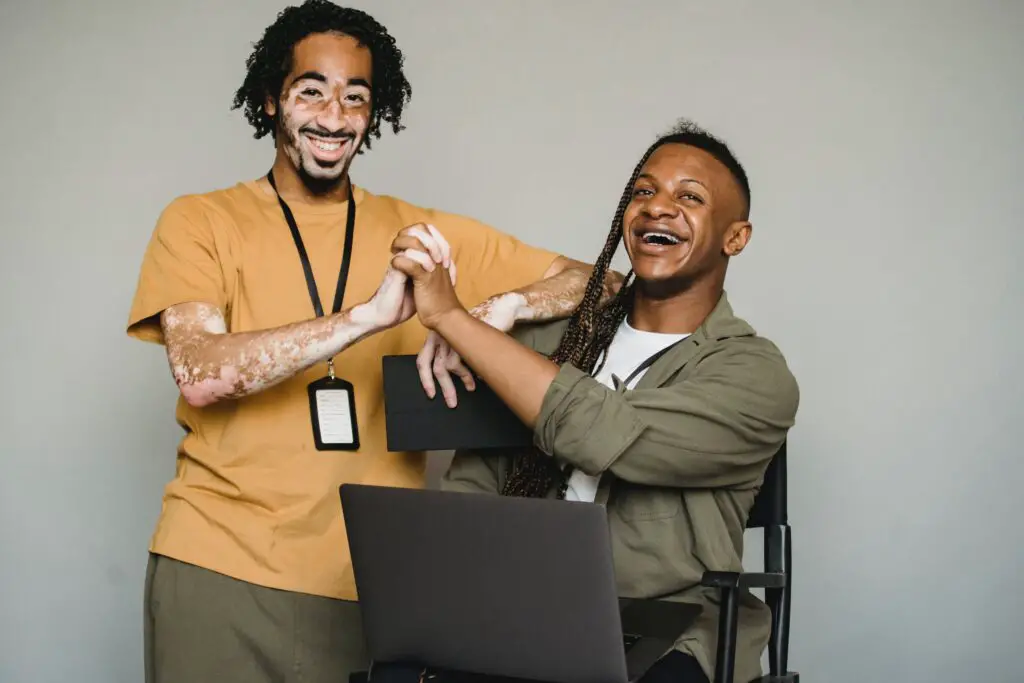In the vast universe of hairstyling, the beauty and complexity of hair textures have given rise to an array of styles that not only serve aesthetic purposes but also carry profound cultural significance. Among these, dreadlocks and twists stand out as prominent examples of how hair can be both a medium of personal expression and a deeply rooted cultural symbol. This exploration delves into the nuanced distinctions and cultural underpinnings of these two hairstyles, shedding light on their elegance, heritage, and the stories they weave through strands of hair.

The primary difference between dreadlocks and twists lies in their formation process and the longevity of the style. Dreadlocks, often simply called dreads, are ropes of hair that have been allowed to mat together over time, forming locks. This can occur through various methods, including backcombing, twisting, and the neglect method, where hair naturally entangles over time. Dreads are considered a more permanent hairstyle, often requiring years to fully mature and a commitment to a specific hair journey.
Twists, on the other hand, are created by sectioning the hair and twisting two sections around one another. This style is much more temporary than dreads and can be taken out relatively easily. Twists are versatile and can be a standalone style or a starting point for creating dreadlocks. They offer a way to enjoy the aesthetic of locked hair without the long-term commitment or can serve as a gentler introduction to the world of natural and protective styling.
The Cultural Tapestry of Dreads and Twists
Both dreadlocks and twists are steeped in rich cultural histories, spanning continents and centuries. Their origins and significances are as diverse as the people who wear them, each strand woven with stories of identity, resistance, and beauty.
Dreadlocks: A Journey Through Time
Dreadlocks have been worn by various cultures throughout history, from the Sadhus of India to the Maasai warriors of Kenya, symbolizing a myriad of spiritual, religious, and cultural identities. In the Rastafarian movement, which brought dreadlocks into the global consciousness in the 20th century, they are worn as a symbol of the Lion of Judah, representing strength, pride, and a profound connection to one’s heritage and faith. This hairstyle embodies a rebellion against oppressive systems and a rejection of materialistic values, signifying a wearer’s journey toward enlightenment and unity with the divine.
Twists: A Versatile Expression
Twists, while less permanent than dreadlocks, carry their own cultural significance and versatility. In African and African-American communities, twists are not just a hairstyle but a protective technique that helps maintain the health of natural hair. They can range from simple two-strand twists to more complex styles like Senegalese, Havana, or Marley twists. Each variation holds its place within the cultural fabric, serving as a bridge between traditional African aesthetics and modern fashion trends. Twists offer a canvas for personal expression, enabling individuals to navigate the realms of both contemporary style and cultural heritage with ease.
The Evolution of Style and Identity
As we trace the evolution of dreads and twists through time, it becomes clear that these hairstyles are more than just fashion statements. They are living, breathing extensions of cultural identity, personal journeys, and historical legacies. The ways in which they are worn, understood, and celebrated continue to evolve, reflecting broader changes in society’s perceptions of beauty, identity, and belonging.
The Modern Canvas
Today, dreads and twists are embraced by people of all backgrounds as symbols of individuality, spirituality, and a connection to the broader tapestry of human experience. They have been reimagined in countless forms, from the catwalks of high fashion to the streets of urban landscapes, signifying both a reverence for their cultural origins and a bold step toward defining new identities. In this ever-changing world, dreads and twists stand as testament to the enduring power of hair to tell stories, to defy conventions, and to celebrate the beauty of diversity.
As we navigate the intricate interplay of tradition and innovation, the stories woven through dreads and twists remind us of the profound ways in which our choices about our hair reflect broader narratives about who we are, where we come from, and where we are going. In the end, these styles are not just about the hair on our heads but about the histories we carry and the futures we envision. Through the artful elegance of dreads and twists, we find a mirror to our souls, a canvas for our creativity, and a bridge to our pasts and our possibilities.

